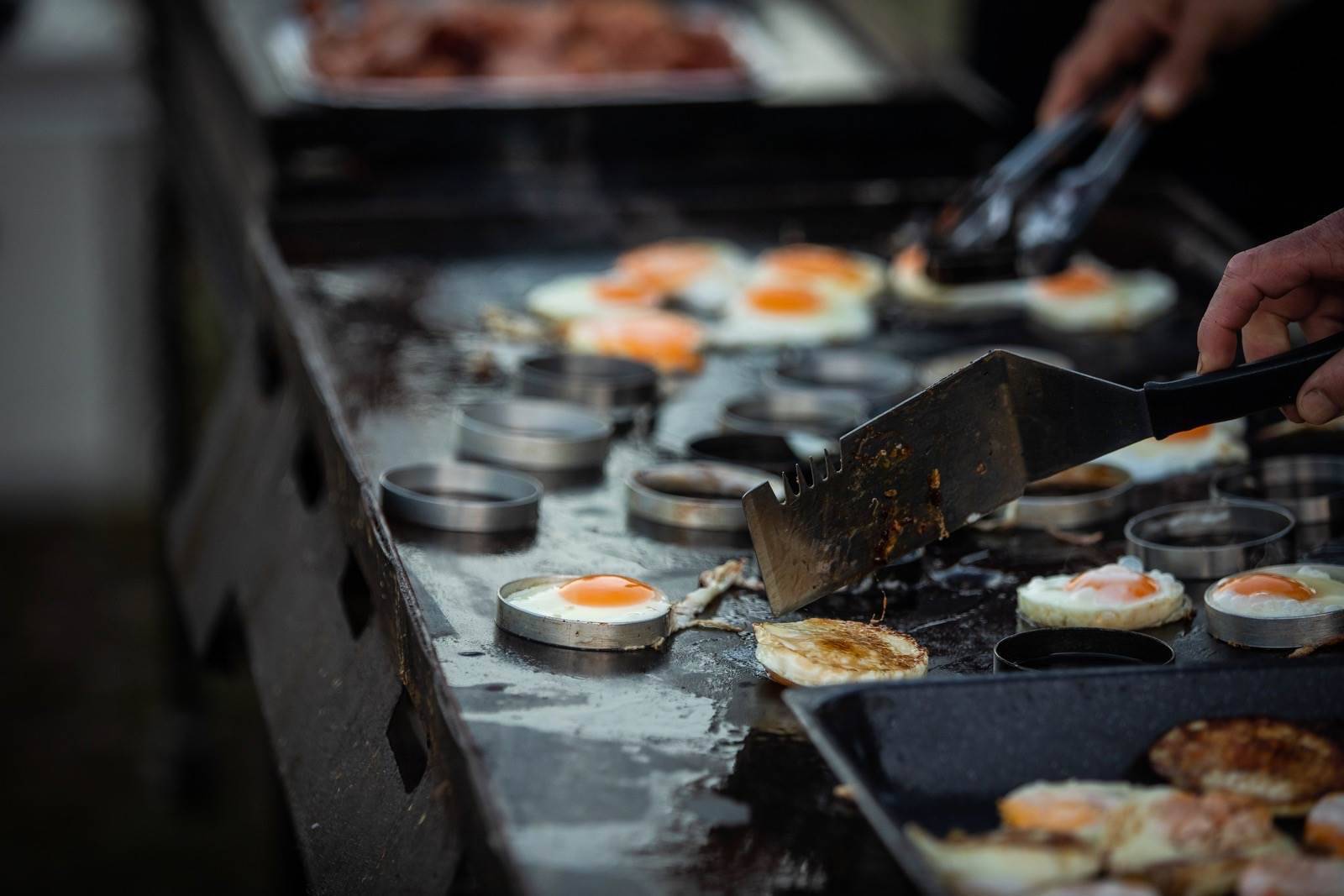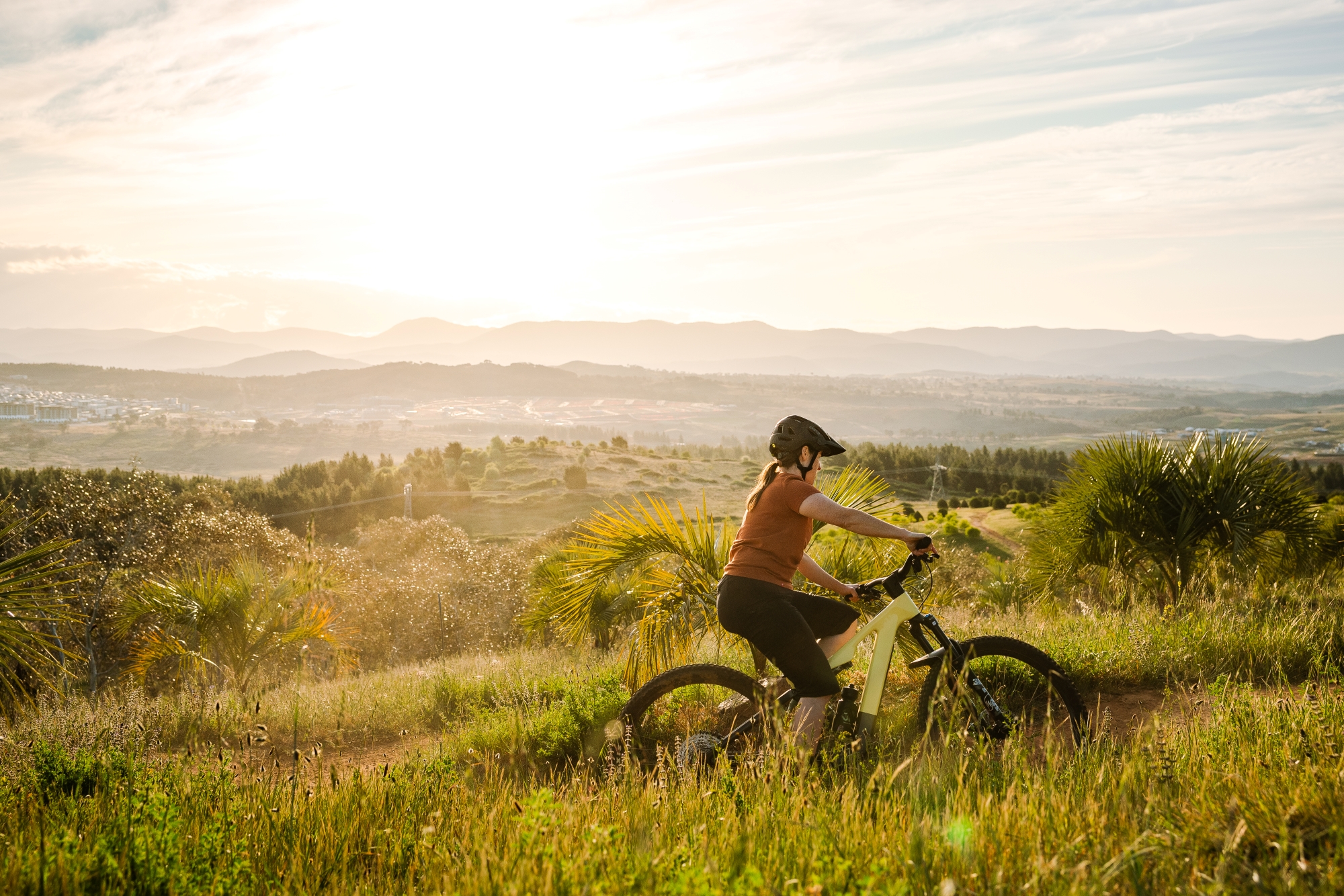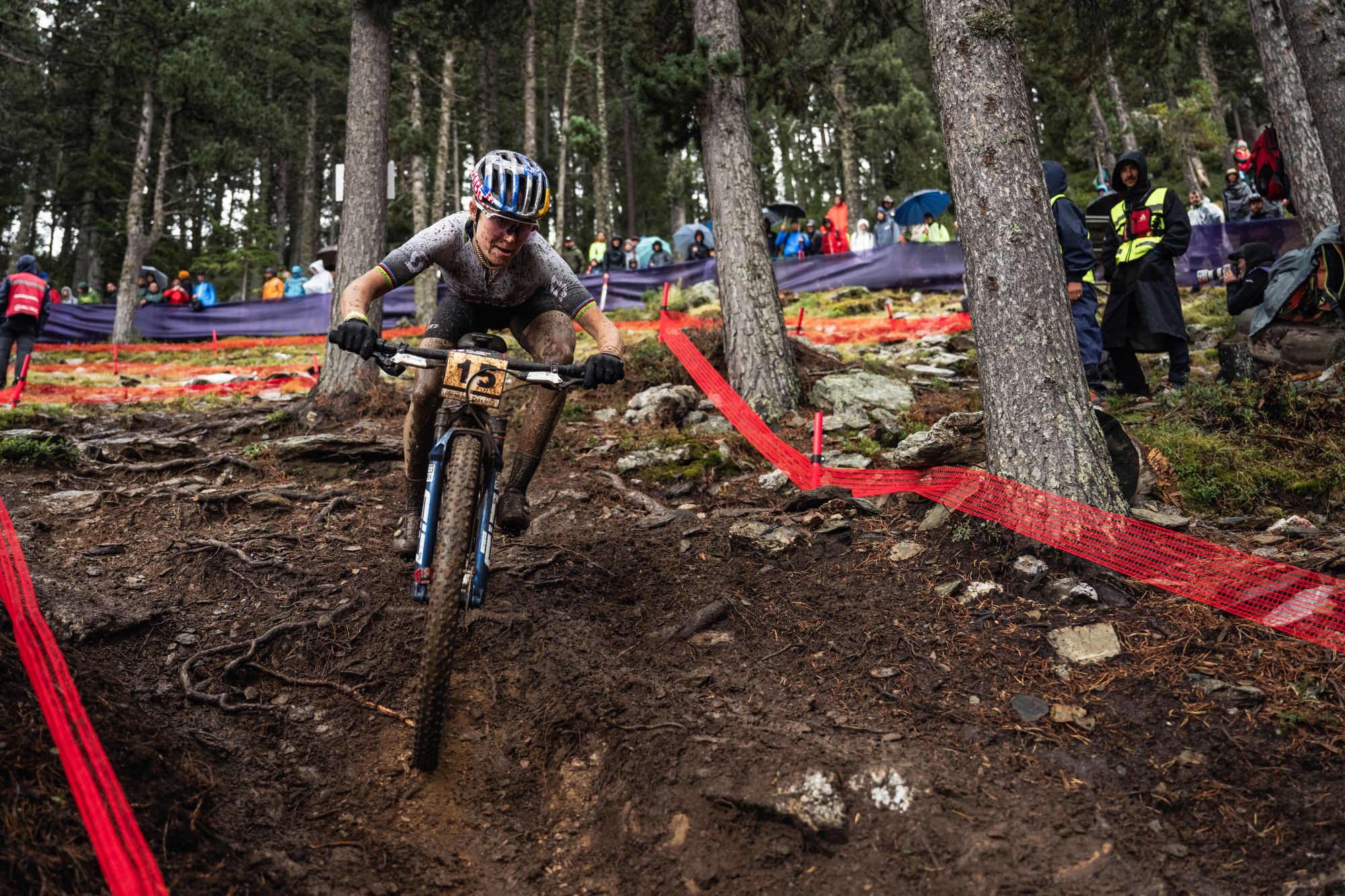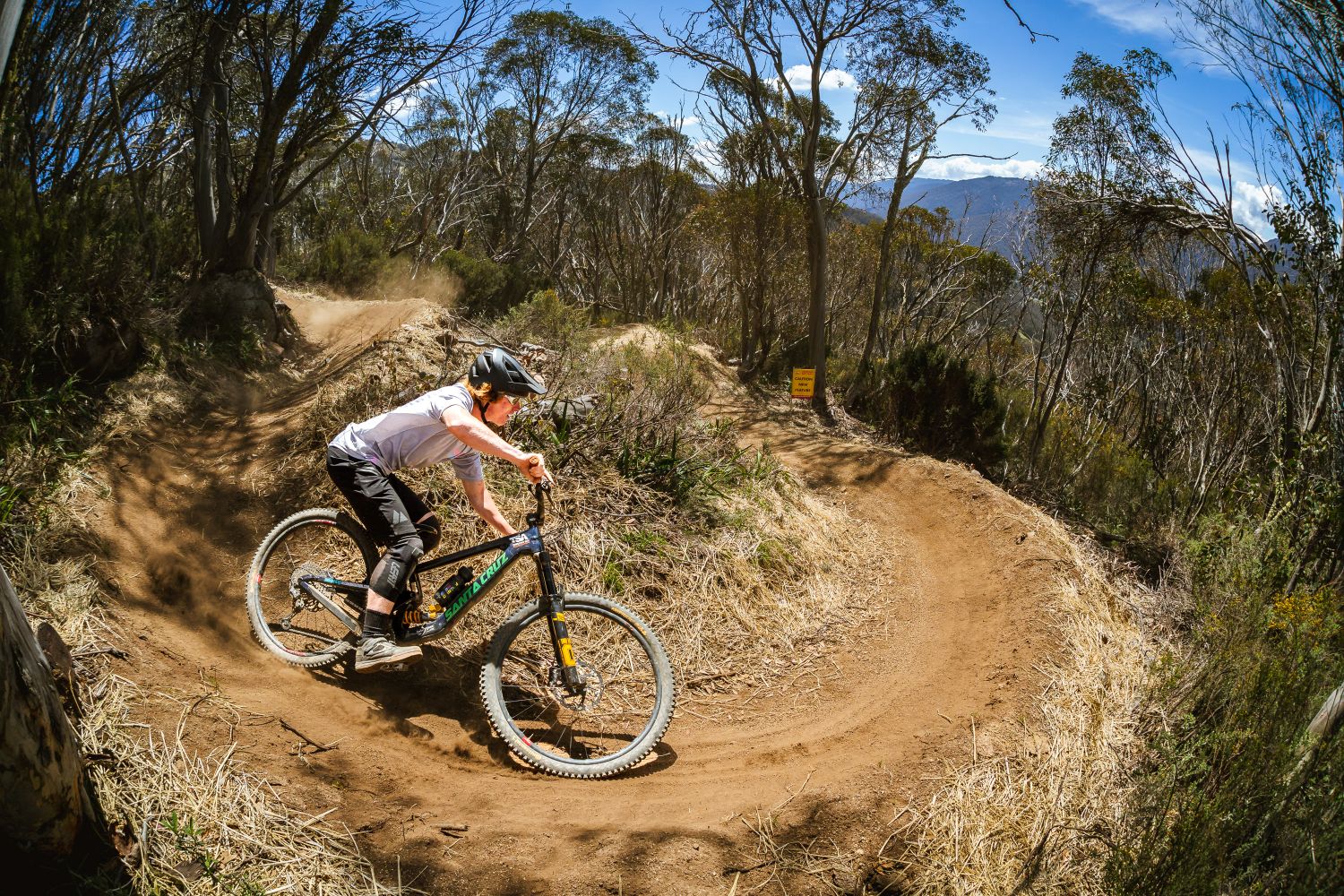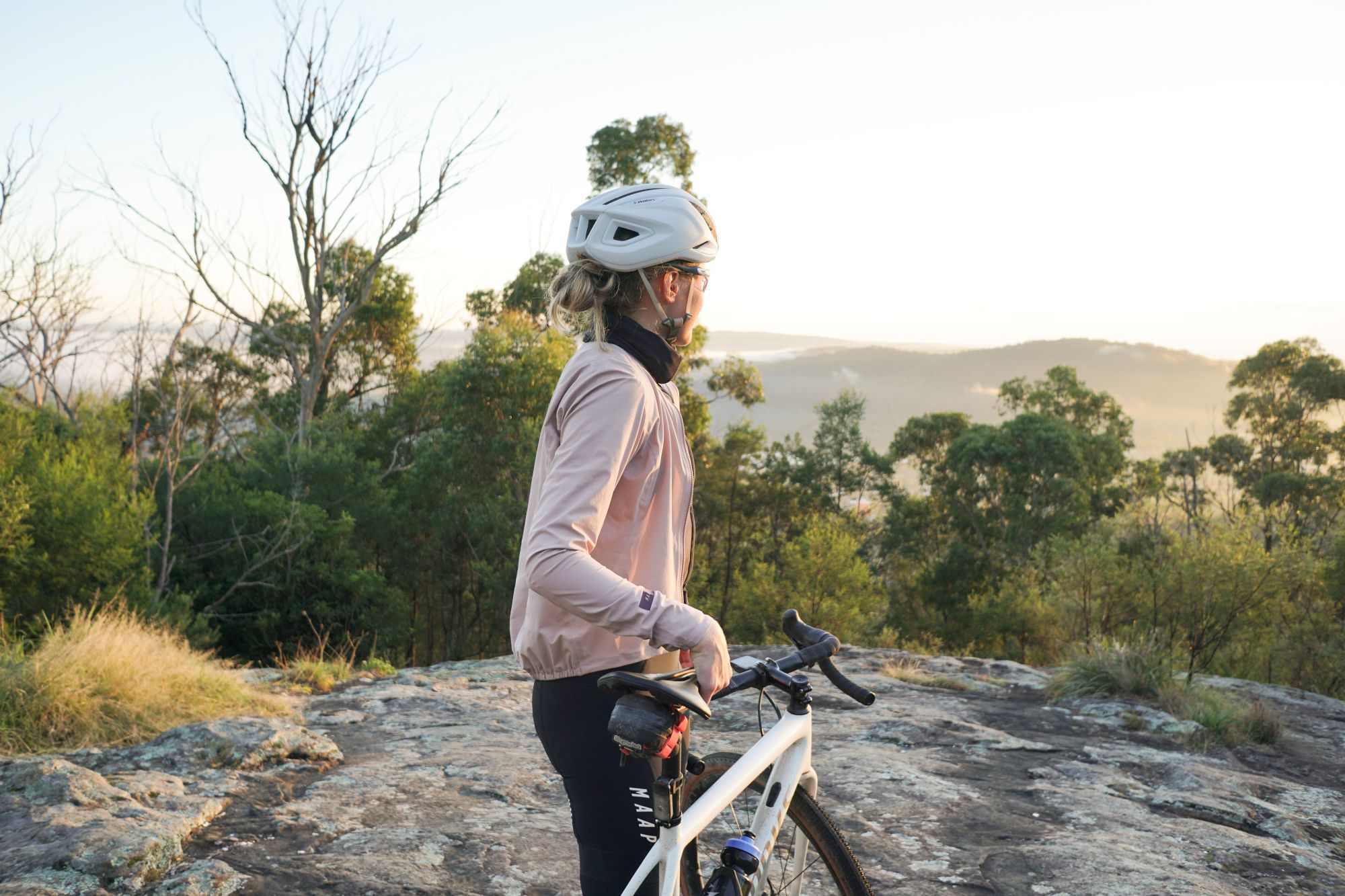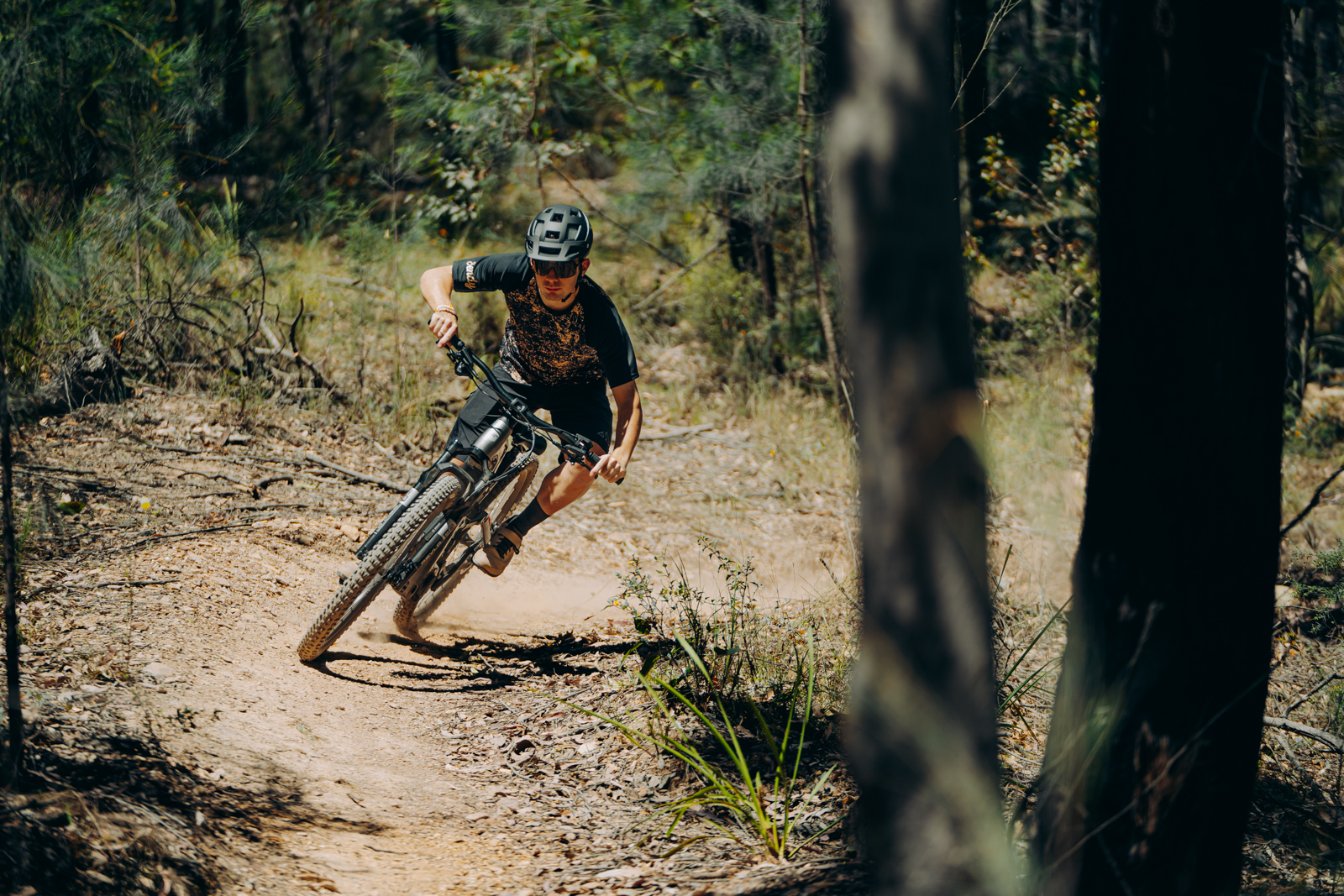Words: Zoe Wilson
Sports nutrition advice can be complicated, confusing and time consuming, but it doesn’t have to be. Get these ten things right and you’ll be on track to supporting your training and improving your performance.
1. Eat enough…
…But not too much. Getting the balance right in terms of calories can be tricky, but is really important. Ever get back from a long ride and reward yourself with a huge pub lunch complete with beers? It’s common that we overestimate how much exercise we’ve done and therefore eat too much, resulting in weight gain, not weight loss as you would expect when you’re riding regularly.
Instead, use the calorie function on your GPS unit or app (if you have one) to estimate how many calories you’ve burnt. This won’t always be 100 per cent accurate, but it will give you a ball park to work with. You can use the eatforhealth.gov.au website to estimate how many calories you should be eating on a non-riding day (this includes you resting metabolic rate and your daily movement without training). Track how much you’re eating for a few days to see what your average calorie intake is. If you’re looking to lose weight, you want to eat slightly less than the estimate (around 250 calories at the most), and if you’re looking to maintain you want to try to match it.
2. Go for quality
Your body needs nutrients to run properly. We’re talking carbs, protein, good fats, fibre, vitamins and minerals which help support our immune system, provide energy, help with concentration and assist with appetite control. Really sugary or fatty foods like sweets, deep fried foods or “junk food” as we otherwise know them, are high in calories and more often than not very low in these good quality nutrients that your body needs.
To give your body the fuel it needs for a health immune system, brain function and long term health, good for fresh foods, rather than processed, and choose things that are as close to how they are grown or produced as possible. This means going for lots of fresh fruit and vegies, whole grains, lean meats or other alternatives (like beans, tofu or eggs) and dairy. If you’re not sure about a packaged food, check the ingredients list – if fat, sugar or salt are in the first three ingredients, it’s best to put it back on the shelf as it’s one of the most prominent in that product.

3. Eat the rainbow
The colour of your food tells you something about the type of nutrients that are in that food. For example, orange or yellow foods like carrots and pumpkin are high in beta-carotene, a precursor for vitamin A which we need for healthy skin, healthy immune system, and good eye health and vision as well as reducing inflammation and promoting recovery after exercise.
To make sure you are getting the nutrients your body needs, eat a rainbow of colours at every meal and across the day. Go for a range of fruit and vegies each day which will add colour to your meat and carbs. Ideally we should be eating two serves of fruit each day as well as five serves of vegetables (that’s 2.5 cups of cooked vegies or 5 cups of salad!).
4. Look at your plate
As well as increasing the colour of your plate, it’s a good idea to look at the balance of what’s on your plate. Lunch and dinner (and breakfast too ideally!) needs to be a bit of a balancing act between carbs, protein and vegies.
If you’re a weekend cyclist or trying to lose a little weight, aim to fill half your plate with vegetables (think greens or salad here), one quarter with carbohydrate (such as rice, pasta, potato, bread or quinoa) and the final quarter with protein (meat, poultry, eggs or tofu). If you’re riding quite seriously, you may need to increase the carbohydrate and protein and sacrifice some of the vegies to provide enough fuel. In this case, aiming for a third of your plate for each is a good rule of thumb.
5. Concentrate!
Often we eat when we’re not thinking so we eat too much or are disorganised so grab food on the run and make poor choices. These poor choices can lead us to eating too many calories or not giving our body enough of the nutrients we’ve spoken about above. Instead, plan your meals in advance, make sure you have some good quality snack options in case you get stuck and actually pay attention when you eat. Take time out for meals, and try not to eat in front of your computer at work, in the car or in front of the TV (when those Tim Tams magically disappear without our knowledge…).
6. Don’t forget to drink
Now don’t get excited and crack open a bottle of wine… We’re talking about water here! Drinking adequate amounts of water each day not only helps your performance on the bike, but also helps your energy and concentration levels when you’re off the bike. Most people, on average, should be drinking around 1.5-2L of water each day, but you need to also add enough additional fluid to match what you lose during a ride.
Sipping during the day and having a glass of water with meals as well as carrying a bottle with you on the bike and ensuring you drink a bottle when you finish, will help you keep on track. Not sure if you’re drinking enough? Check your urine when you go to the loo – if it’s any darker than a pale straw colour, you’re dehydrated and need to drink more.
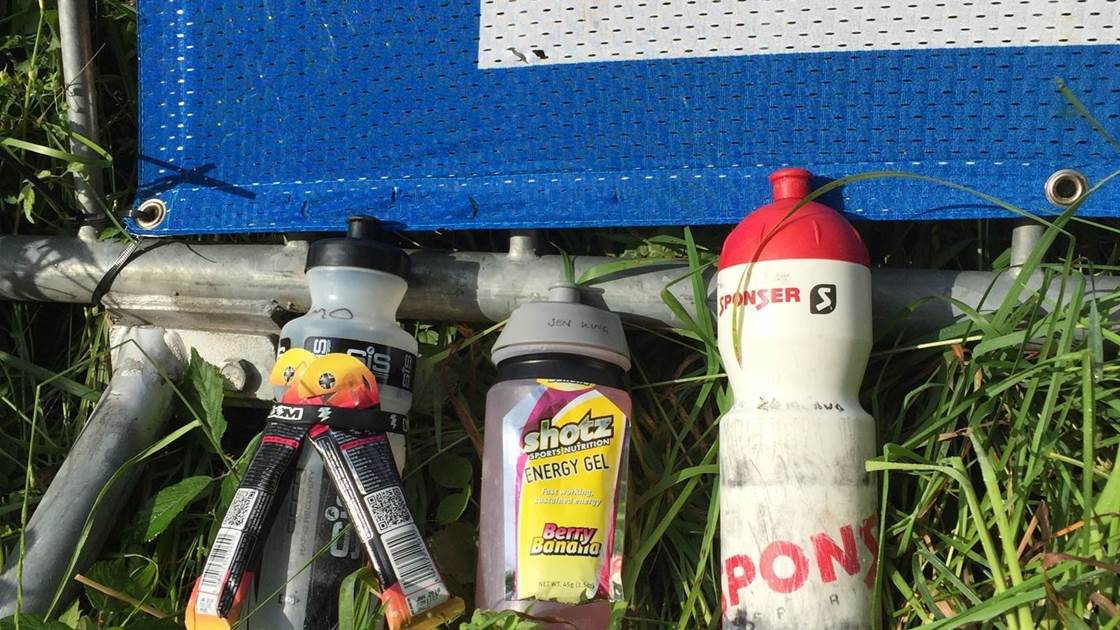
7. Fuel your ride
If you’re eating well and regularly across the day, a ride that is less than 60 minutes or so will probably not need any additional fuel. However, if you’re doing a ride that is longer than 90 minutes or you’re cycling at a high intensity, then you’ll likely need to top up your carbohydrate levels to stay strong towards the end.
It’s recommended to take on 30-60g of carbohydrate per hour during a long ride. You can do this with something like sports drink, gels or bars or with real food alternatives like bananas, dates or a honey sandwich. You can even do a combination of all of the above! The key here is to practice to find out what works for you.
8. Time it right
Eating before you ride can be tricky – there is nothing worse that feeling too full and uncomfortable, or getting really hungry during your ride. Instead, try to eat something small and light around 30 minutes before you go. Try to avoid really fatty or protein heavy foods as they’ll take longer to digest. Good options here include a piece of toast, piece of fruit or some yoghurt.
9. Recover like a pro
The work isn’t done when you step off the bike. In fact some of the most important works starts there with your recovery routine. Just as you might do a post-ride stretch, you need to include a post-ride meal or snack, so your body has what it needs to refuel your muscles and start the recovery process.
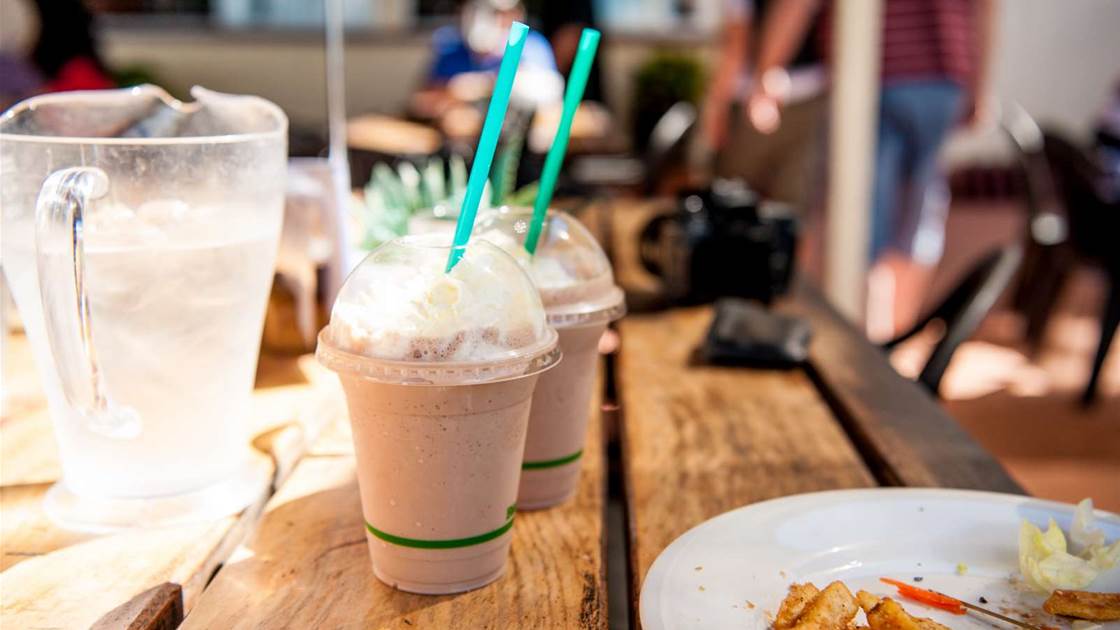
The key here is a mix of protein and carbs and you need to aim to have it within half an hour of finishing if you can. Ideally you’ll have 1g of carbohydrate for every kilogram you weigh and 10g of protein (i.e. 70g of carbs and 10g of protein for a 70kg rider). Good options include cereal with milk, eggs on toast, a sandwich with lean meat or cheese or a recovery protein powder.
10. Don’t over-supplement
Supplement companies are really successful because they are really good at marketing! However, most of us riding regularly don’t really need to supplement as we can get enough nutrients from eating good quality foods around sessions.
The exceptions to this are elite athletes, those with dietary restrictions or those who have been diagnosed with a nutrient deficiency. If this is you, you may need to supplement your normal diet, however it’s best to see an Accredited Sports Dietitian to help you do this.
